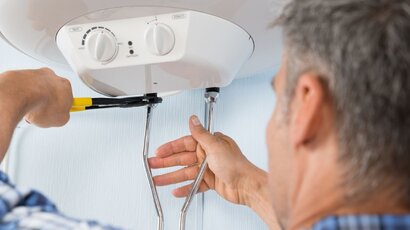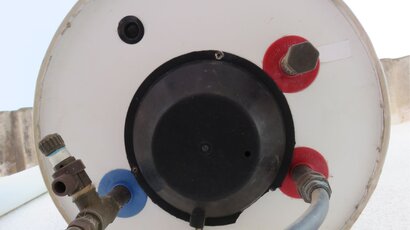Keep Your Electric Hot Water System in Top Shape
Regular maintenance keeps electric hot water systems running smoothly and prevents costly issues. Follow these annual tips to enhance performance and durability.
Heating water is a major contributor to energy consumption in Australian homes, making up about 23% of the average household’s energy use—second only to heating, cooling, and appliances. In some cases, this figure can be even higher (Energy Consult, 2022). Considering these demands, it’s clear why electric hot water systems are vital. They diligently support everyday activities, from providing hot showers in the morning to ensuring clean dishes.
These systems play a substantial role in making life convenient and comfortable in Australian homes, reflecting their importance in energy usage.
Regrettably, many homeowners neglect regular maintenance, delaying action until issues occur. Ignoring this essential care can result in soaring bills, decreased efficiency, and sudden breakdowns—all preventable with yearly checks. This article offers practical advice for maintaining your hot water system, helping it perform efficiently for years.
Electric hot water systems are essential components of Australian households, providing reliable hot water for daily tasks such as showering, dishwashing, and laundry. Key components of an electric hot water heater include the heating element, thermostat, anode rod, hot water tank, and pressure relief valve. These parts work together to heat water effectively and maintain the system’s efficiency.
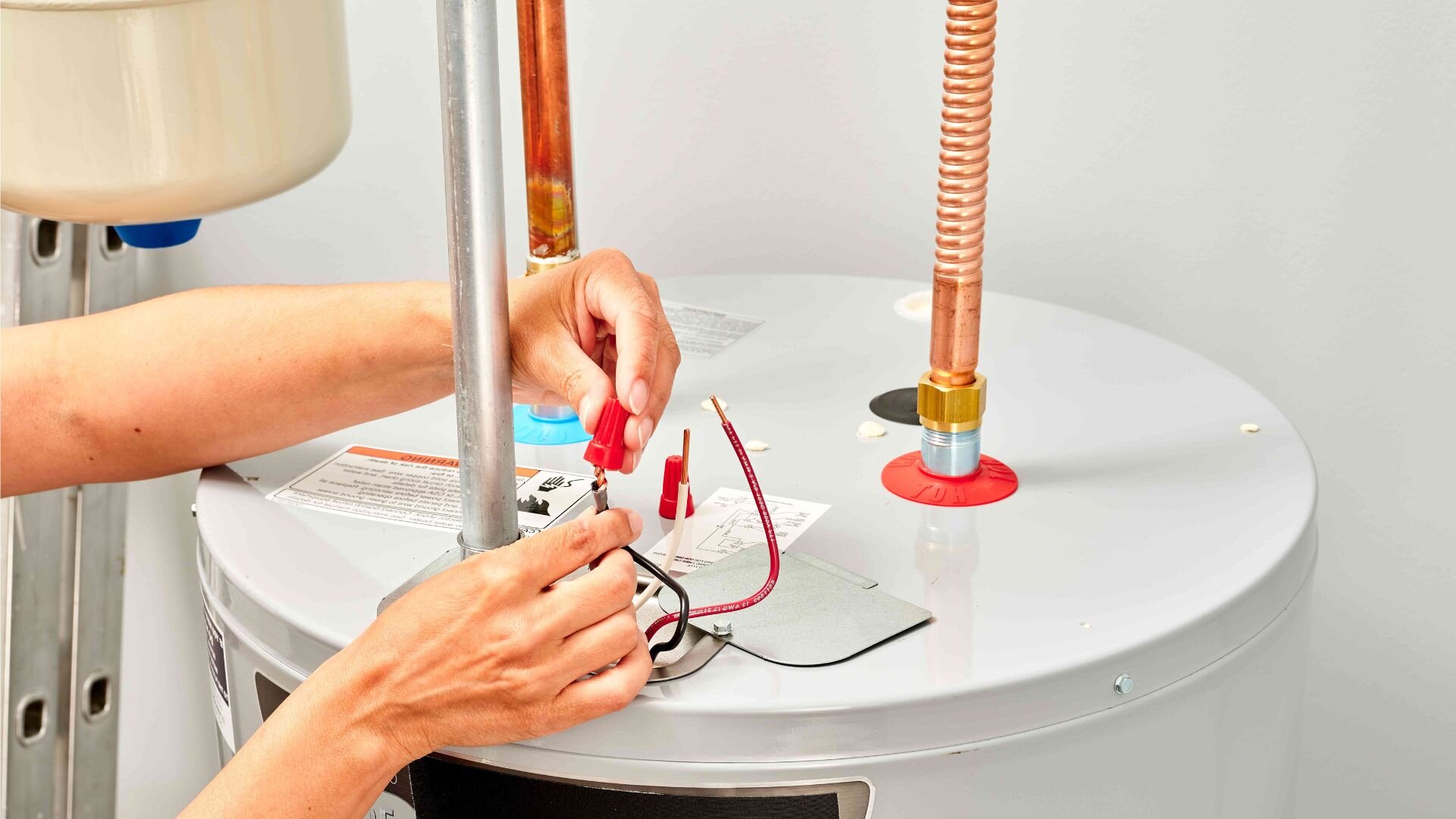
Without proper maintenance, hot water systems can suffer from sediment buildup, tank corrosion, decreased energy efficiency, and even electrical hazards. Regular maintenance tasks such as flushing the water heater tank and inspecting the heating elements can help prevent sediment buildup and maintain optimal performance. Proper maintenance also ensures that components like the anode rod are functioning correctly, extending the system’s lifespan and reducing the risk of water leaks or tank corrosion.
Understanding the key components and their roles empowers homeowners to carry out basic maintenance and know when it’s time to call for professional help. Setting up a routine maintenance schedule, with annual inspections, keeps the water heater running efficiently, ensuring it functions well while preventing expensive breakdowns.
Regular inspections of your hot water tank are a critical part of hot water system maintenance. To keep your electric water heater in good working order, it is recommended to inspect the hot water unit at least once a year for signs of wear and tear, such as rust, cracks, or leaks. Catching issues like tank corrosion or water leaks early can save on utility bills and prevent the need for costly replacements.
Here’s a simple guide to checking your water heater tank:
Consistently performing these maintenance tasks helps your hot water system maintain optimal temperature and energy efficiency. Should you notice any substantial wear or damage, it’s wise to seek professional help. A qualified plumber can conduct a thorough inspection, resolve any problems, and offer preventive maintenance to ensure your system operates safely and efficiently.
Routine maintenance of your electric heater is vital to maintain energy savings, prevent heat loss, and prolong the system’s lifespan. Regularly flushing the water heater tank to remove mineral deposits and mineral buildup will also improve water quality and ensure the system’s efficiency. Remember, regular inspections and maintenance activities are key to keeping your electric hot water system operating smoothly and effectively, and seeking professional service when needed is always a smart move.
Flushing your electric hot water heater tank is crucial for maintaining long-term efficiency. Sediment buildup is a frequent issue in electric water heaters, leading to inefficiency, overheating, and even tank failure. The minerals in Australian water contribute to this accumulation over time, settling at the tank’s bottom and impacting performance.
Ensuring regular flushing alleviates these problems, helping your system run smoothly.
Here’s a simple DIY guide to flushing the tank:
Skipping this critical task can cause damage to the heating elements, reduce water capacity, and lead to increased utility bills. Homeowners who are uncomfortable performing this task themselves can rely on professional assistance to ensure proper maintenance.
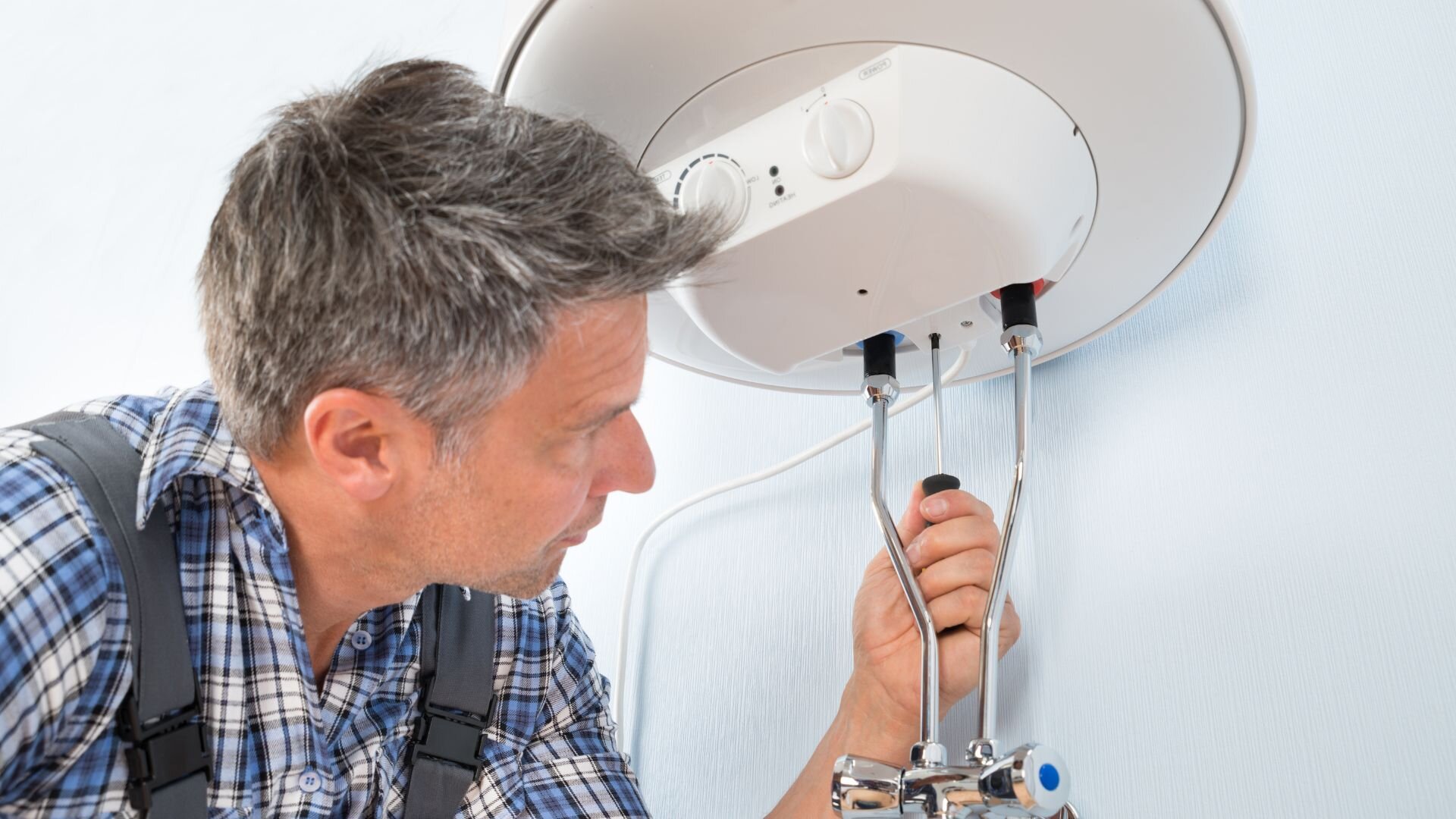
The anode rod is a vital part of your electric water heater, playing a key role in preventing tank corrosion. It acts as a sacrificial piece, attracting corrosive elements in the water to shield the heater tank from rust. As time passes, the anode rod wears out and needs replacement to maintain its effectiveness.
Regular checks are important to ensure it continues to function as intended.
Here’s how to check and replace the anode rod:
If homeowners are unsure about performing this maintenance activity, it is highly advisable to seek professional inspections. A professional plumber can handle the task safely and efficiently, ensuring that the electric water heater continues to provide reliable hot water without unnecessary risks.
Regularly inspecting the anode rod, flushing the hot water tank, and scheduling preventive maintenance are critical tasks for ensuring your electric water heater maintains optimal performance. Maintenance tasks like these will keep your electric hot water system running efficiently, prevent heat loss, and prolong the lifespan of your hot water pipes and overall hot water system. For any concerns or when in doubt, seeking professional service is always the best approach.
Testing the thermostat and heating element of your electric hot water heater is crucial to ensure efficient operation and consistent hot water supply. The thermostat controls the water temperature, and it is important to set it to a safe and efficient level—around 60°C—to prevent scalding and reduce energy usage. Testing the thermostat annually ensures the system heats water effectively without wasting energy.
A faulty heating element can cause inconsistent hot water supply, increased electricity bills, or even damage to the water heater tank. Homeowners can identify potential issues by listening to unusual noises or noticing inadequate hot water heating. If the heating element is not functioning properly, it’s best to seek professional servicing to test and replace any faulty components, ensuring the electric water heater operates at peak performance.
Heat pump water heaters and heat pump systems also rely on effective thermostats and heating element functions for optimal efficiency. Regular testing and preventive maintenance of these key components will ensure your hot water system performs effectively and safely.
Maintaining a clean and safe environment around your hot water heater is essential for its proper operation. Dust, debris, and clutter near the unit can interfere with ventilation and create fire hazards. Keeping the area around the electric hot water system clean and well-ventilated is a key maintenance task that helps maintain safety and efficiency.
It’s also important to check for pests or insects that may have taken shelter near the hot water unit, as they can damage wiring or insulation, leading to potential electrical hazards. Heat pump water heaters and other hot water systems should have a clear surrounding area to function correctly.
Keeping the area around your electric water heater tidy not only ensures safety but also makes it easier to spot issues such as water leaks or damage during regular inspections. By regularly inspecting and cleaning the surrounding area, you can help prevent issues and maintain optimal system performance.
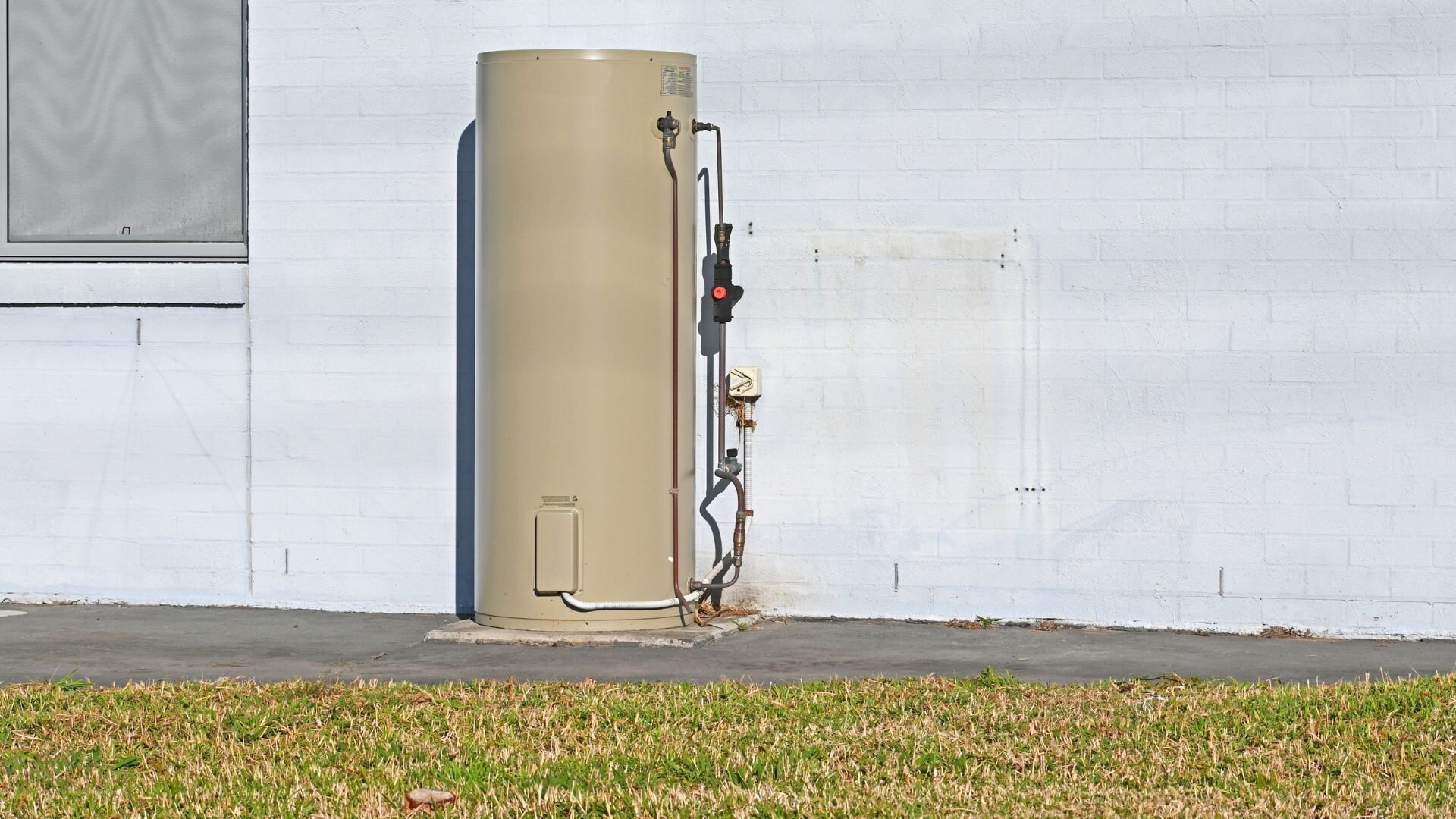
While DIY maintenance is useful, professional servicing provides a deeper level of care. Certified plumbers can inspect internal components, test pressure valves, and identify hidden problems that homeowners might miss. Scheduling professional inspections annually ensures that your electric hot water system operates safely and efficiently.
Annual professional maintenance also helps maintain compliance with warranty requirements and Australian safety standards, giving you peace of mind. WP Plumbing is a reliable choice for professional electric hot water system servicing, offering expert care to keep your system running smoothly year after year.
Adopting a proactive approach to maintaining your electric hot water system can save you money and prevent unexpected breakdowns. Regular inspections, flushing the tank, testing components, and scheduling annual servicing are key maintenance practices.
By following these simple steps, you can ensure reliable hot water year-round and extend the lifespan of your system, making daily tasks more comfortable and energy-efficient.
Maintaining your electric hot water system doesn’t have to be complicated. Regular care ensures efficiency, safety, and long-term reliability for your household’s hot water needs.
For expert assistance, trust the team at WP Plumbing. Our experienced plumbers provide comprehensive electric hot water services, from inspections to repairs and replacements.
Contact WP Plumbing today to schedule your annual maintenance and keep your system running smoothly for years to come.
Electric hot water systems have a limited lifespan, influenced by usage, maintenance, and quality. Discover how long they last and when to consider upgrading.
Electric hot water systems are popular in homes, but are they safe? Learn about safety features, possible risks, and tips for proper use to ensure peace of mind.
Electric hot water systems are gaining popularity for their efficiency and sustainability. Explore the advantages they offer over traditional gas systems.
